Tribal Histories Come Full Circle
November 22, 2017 Leave a Comment
With the final three of twelve Tribal Histories programs premiering in December on WPT, each of Wisconsin’s sovereign Indian nations has now shared some of their own stories, in their own words, with the state.
“When you hear the word ‘history,’ you don’t know what to expect,” says series producer Mik Derks. “What you expect is not what you’re going to get.”
Lac Courte Oreilles Ojibwe History, the first of the new episodes, airs 7:30 p.m. Thursday, Dec. 14.
Derks spoke with Airwaves staff about the project’s culmination. Read on to learn more!

Mik Derks (far left) interviews Wanda McFaggen, Tribal Historic Preservation Officer of the St. Croix Ojibwe, on the shore of Clam Lake, near Siren, Wis.
All premieres air Thursdays at 7:30 p.m., following Wisconsin Life.
 Thursday, Dec. 14:
Thursday, Dec. 14:
Lac Courte Oreilles Ojibwe History
With Rick St. Germaine, educator and former tribal chairman
 Thursday, Dec. 21:
Thursday, Dec. 21:
Mole Lake Ojibwe History
With Fred Ackley, tribal elder
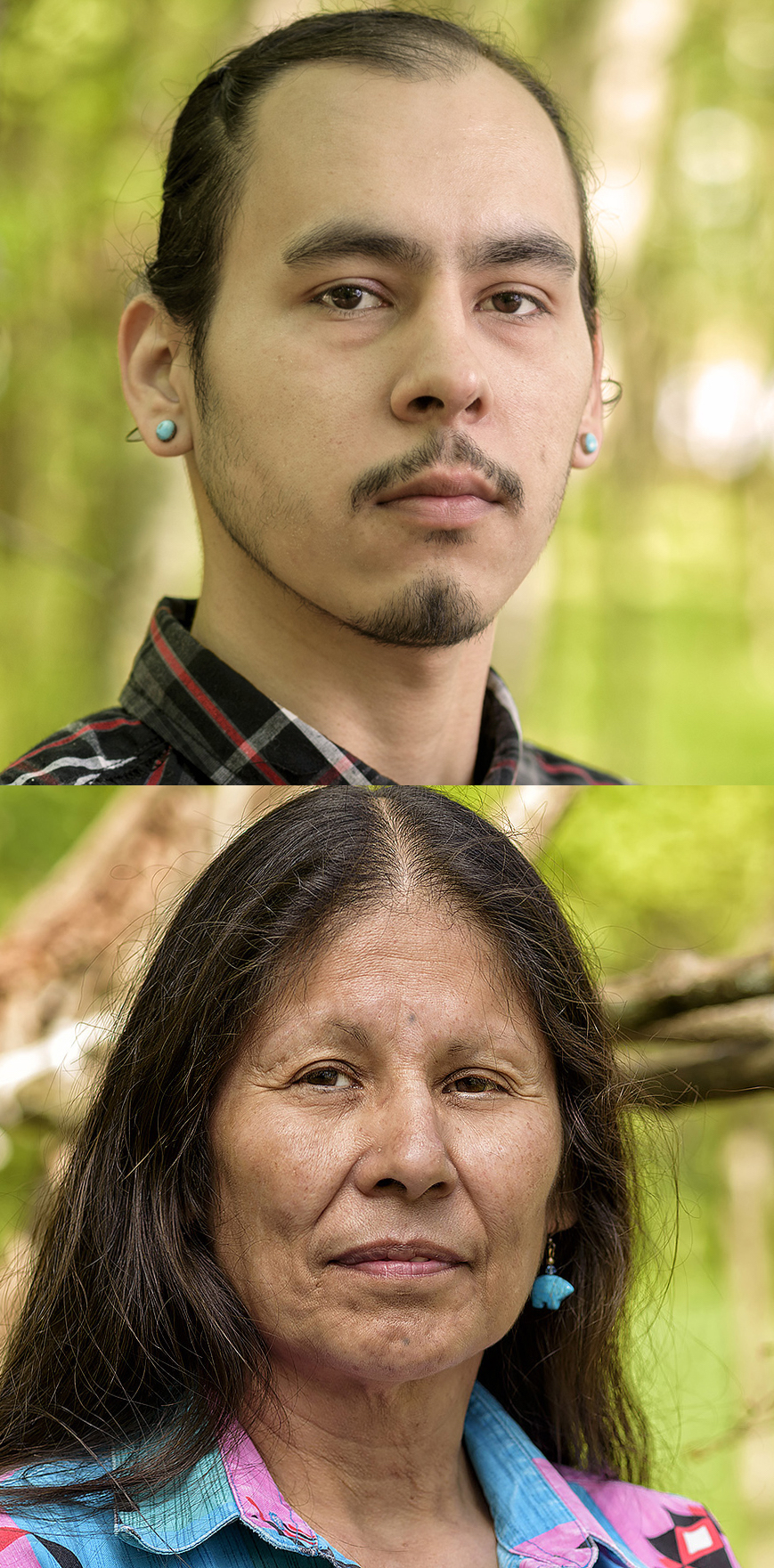 Thursday, Dec. 28:
Thursday, Dec. 28:
St. Croix Ojibwe History
With Mitchell La Sarge, cultural coordinator
and Wanda McFaggen, Tribal Historic Preservation Officer
The idea for the series came out of a 1997 interview Derks conducted with Eddie Benton Banai, of the Lac Courte Oreilles Ojibwe, in conjunction with Wisconsin’s sesquicentennial. A single question about Ojibwe history led to a compelling 40-minute answer that Derks couldn’t shake.
“If you think about it, that’s kind of anti-television – one person talking for half an hour,” says Derks. “But we aired it. Phenomenal feedback from people who wanted to know if we were going to do all of the tribes.”
AIRWAVES: What’s the structure of your interviews?
DERKS: We asked, “How would you tell your story? What would you want people to know about your people and your history?”
That’s quite a challenge, asking people to put themselves out there and go on record to tell the story of their people. Yet there’s a wonderful story in all of them. They know they’ll take flak from their people who will say, “Why did you tell that?” or “Why did that person get chosen to tell our story?”
I only asked questions about things I didn’t understand, or that I wasn’t clear on. Whether or not I knew anything, I would ask questions based on the possibility of the audience knowing nothing about it.
Normally, we shoot the interview in one day. Sometimes we go back to shoot B-roll [background or supplemental footage] because we want to show the tribes in a present-day context. We try to have an event, or at least get a sense of place of where they are.
What has surprised you or stood out over the process of making this series?
It’s pretty amazing how different they all are: what they choose to tell, how they choose to tell it, where the focus is.
Some focused on seminal events. The timeframe was very different. Some started with their creation story. Some started with more recent history. A lot of them had a similar arc of losing their culture and then regaining it, due to the usual traumatic historic forces: removal, boarding schools, losing the language.
We had six bands of the same tribe [Ojibwe]; how different were those stories? Quite different.
Why is it important for Native stories to be told by Native people?
From contact forward, their story has always been told by someone else. History has been written by the dominant society. But it’s their story, and they should be the ones to tell it. The manifestation of that is how interesting it is when they tell it, and how different each telling is.
It also has to do with the idea of oral tradition. Historians think that history is only history if it can be corroborated and proved; you’d go in and talk to people and research, and tell the story in a certain way based on our textbook idea of history: names, dates and events.
Oral tradition may have historical information in it, but it’s not tied down the way it is when it’s written in a history book.
How can viewers learn more about these nations?
Most know that there are Indians in Wisconsin, but – in a way – think that they’re the same: same language, same story. As outrageous as it seems, a lot of people think that they live in teepees and dress in powwow regalia. Most of what they know about Native communities, they’ve seen in Hollywood movies. They don’t think of them as contemporary culture.
These are people that run up against these misconceptions. A lot of this has been focused on in our Act 31 work.
First of all, they should go to the brand-new Wisconsin First Nations website. There’s a lot of cultural information there. When you have 11 sovereign nations and the Brothertown, taking them all on is pretty overwhelming, but people should start with their neighbors. Who’s closest to them?
They’re very open to people visiting, to sharing information about themselves. One of the Bad River Ojibwe people said, “You only come once as a stranger.” After that, you’re a friend.
interview Wisconsin History Tribal Histories Mik Derks Wisconsin Public Television Wisconsin Public Television
 Passport
Passport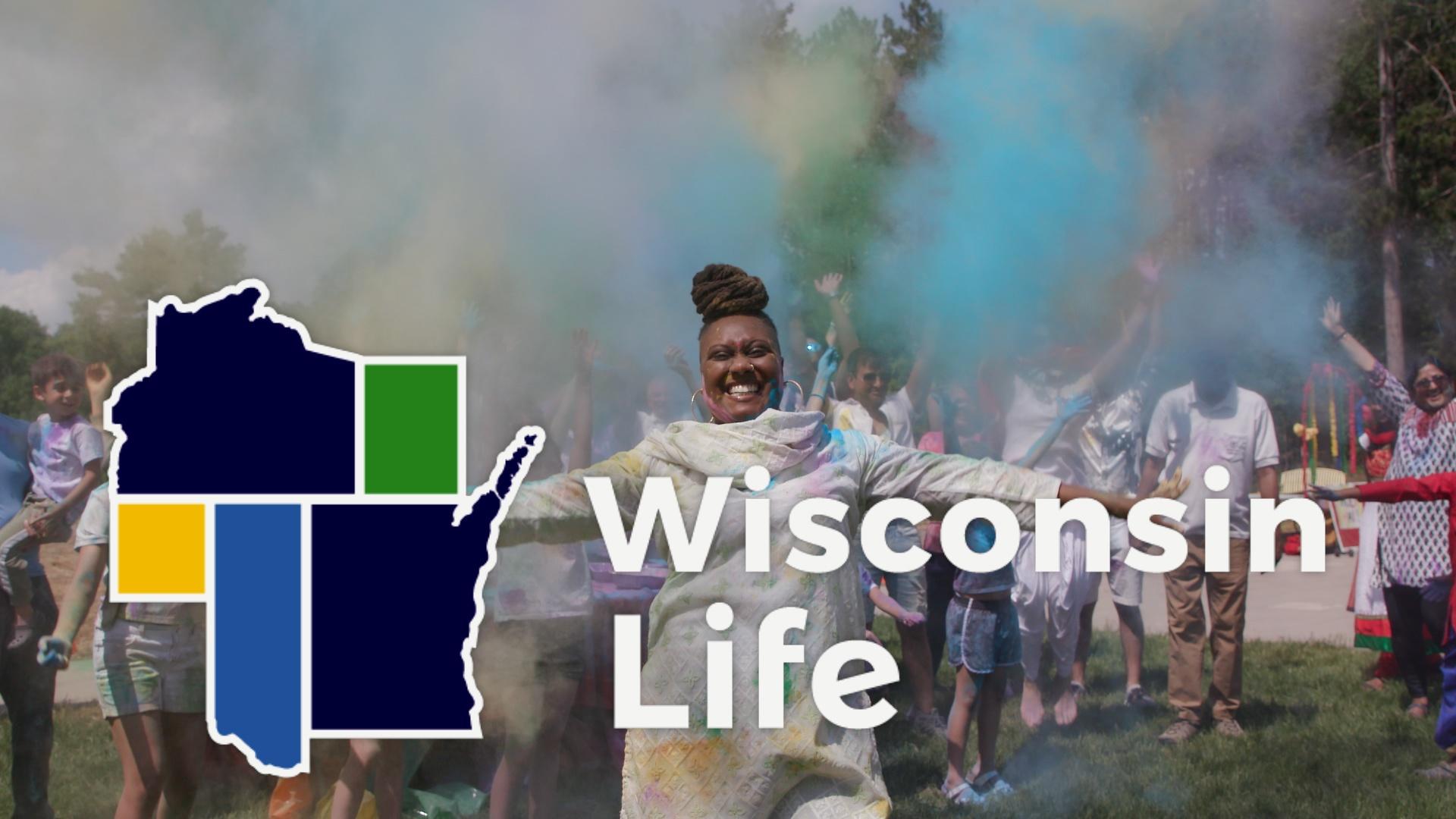
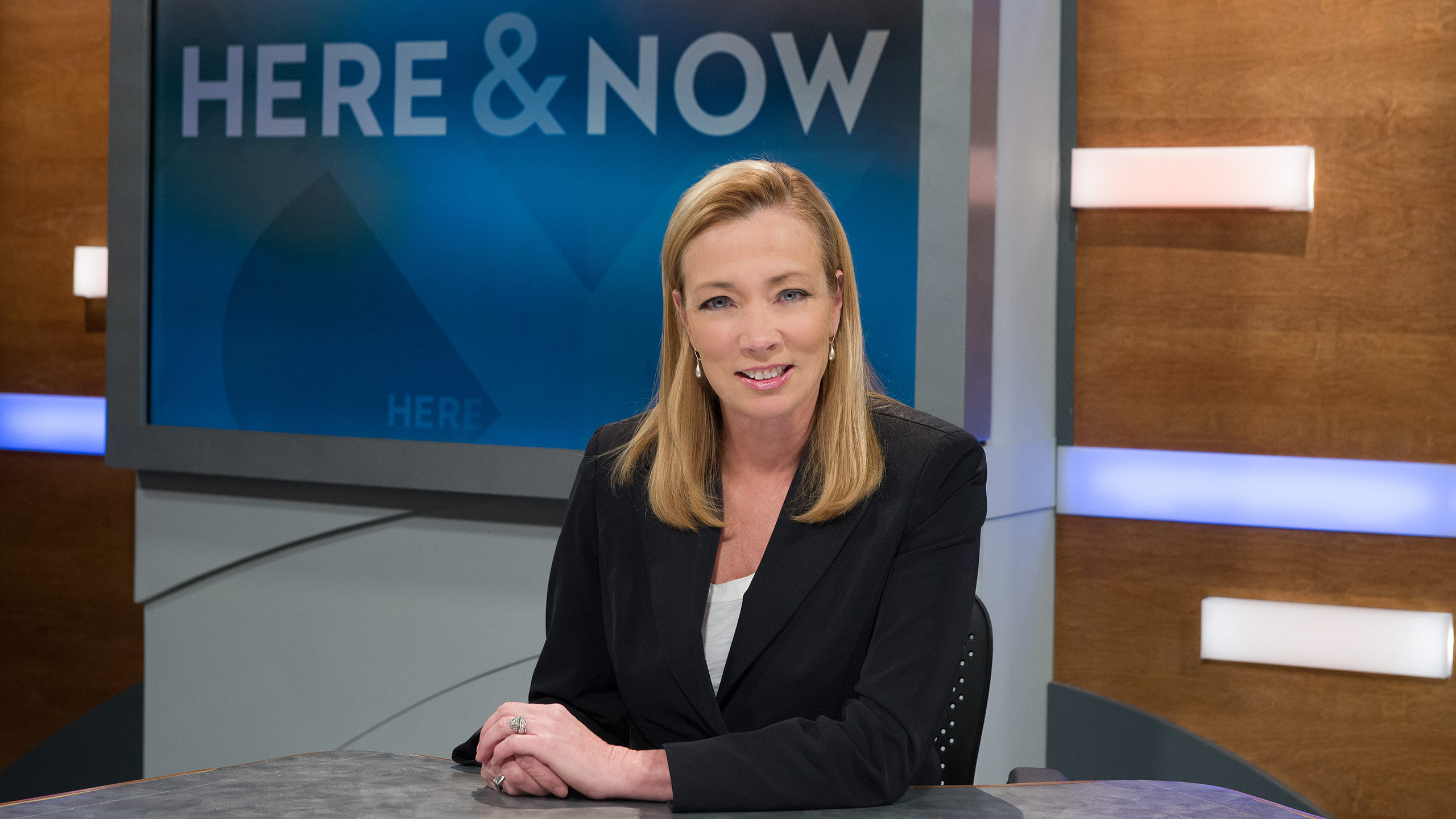
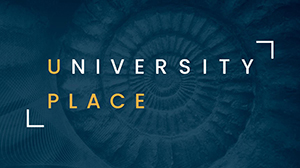

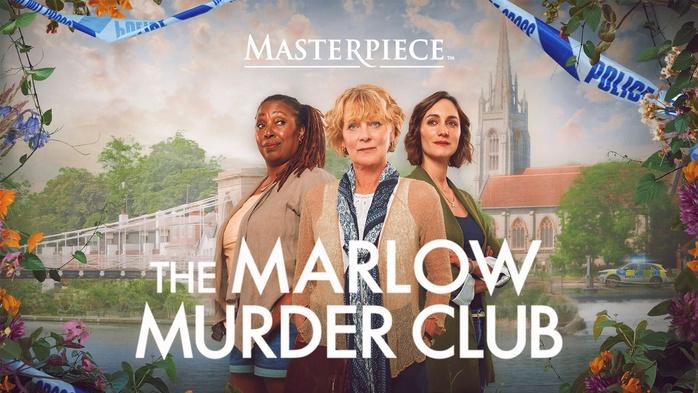
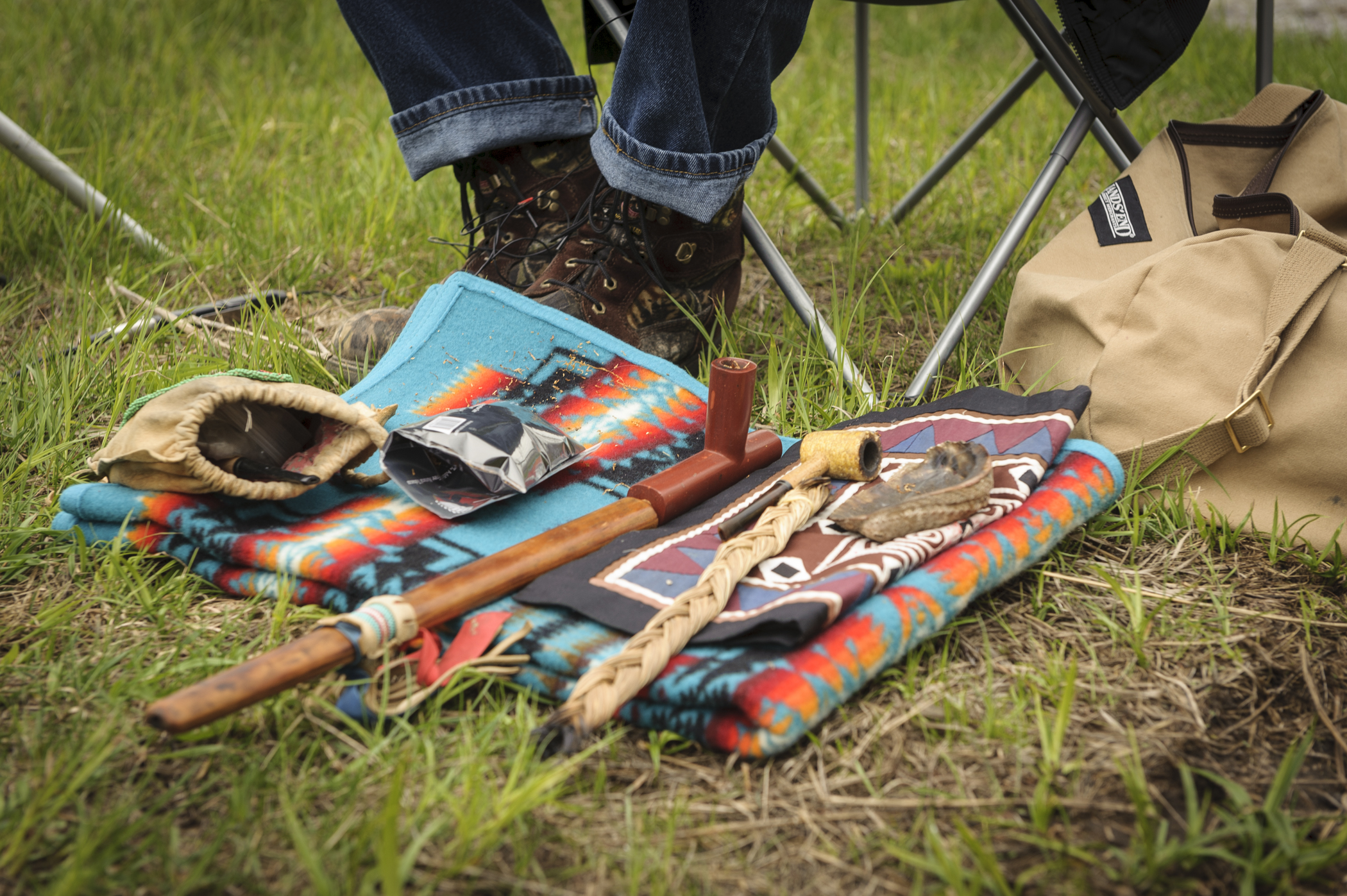




Judith Van Ryzin says:
I was so excited to read in the November Air Waves of the Ojibway stories you will broadcast in December. The reason I am so eager to see these, is that one of our daughter-in-laws is part Ojibway. Her mother came from somewhere near L’Ance MI, but she herself was raised in Los Angeles, such a far ways from her heritage. Now she lives with our son and their two children in Eugene Oregon. Still so far away, that she knows very little of her Indian background, even though her dearest grandfather, Larry Draper, was Ojibway. I want to help our dil to be proud of her heritage, and our grandchildren too. I would dearly love to gift her with this series of Ojibway conversations. How could I purchase one, or some, of those programs? I don’t know which band she is a part of. and I’m not sure she does either. She seems to not care to talk about it, and that makes me sad. Can you help me?